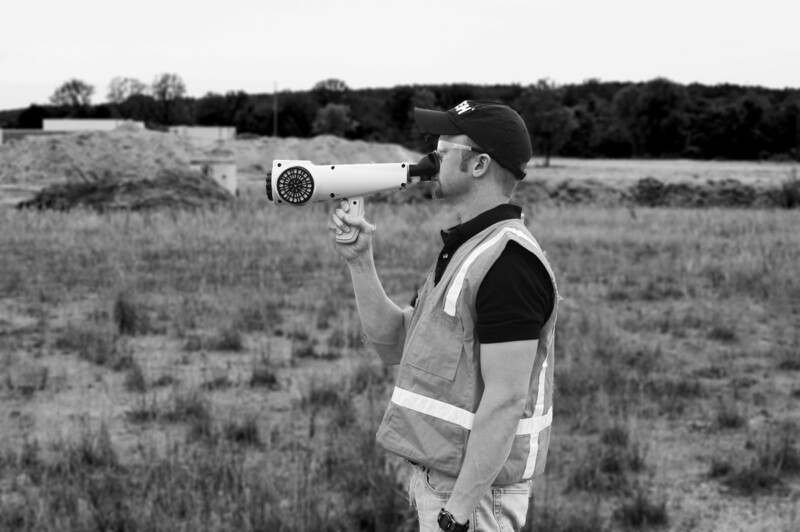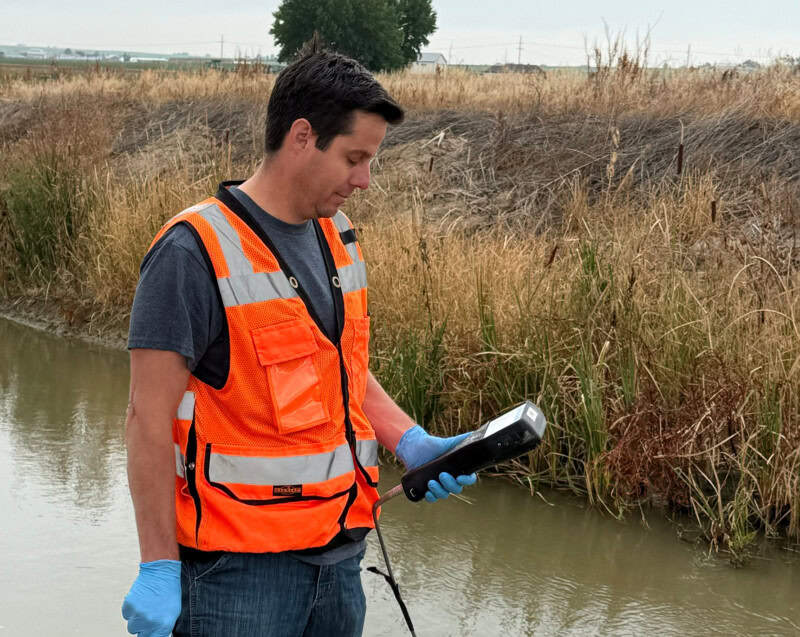Whether it’s from household cleaners, diesel exhaust or industrial sources, there are many substances in our environment that produce odors. But how can you tell the difference between the odors that are simply bothersome and those that indicate an exposure that is toxic to your health?
According to the Agency for Toxic Substances and Disease Registry, the toxicity of an odor depends on the amount of the odorous substance (the “concentration”) you inhale. It also depends on how often (the “frequency”) and the length of time (the “duration”) you are exposed to the odorous substance.
When clinicians or public health officials have difficulty interpreting odors, CTEH sends in its expert team of toxicologists, industrial hygienists, physicians, professional engineers and environmental scientists to conduct odor investigations. The team first identifies the potential sources of odors with advanced chemical detection equipment. It then uses dose response data or air dispersion modeling and other scientific methods to determine whether the odor may represent a nuisance or present potential health effects. If an odor-causing substance or chemical is identified, CTEH may then help develop solutions to prevent any negative impacts from odors.
Interested in learning more about odor investigations? Visit cteh.com or atsdr.cdc.gov.




